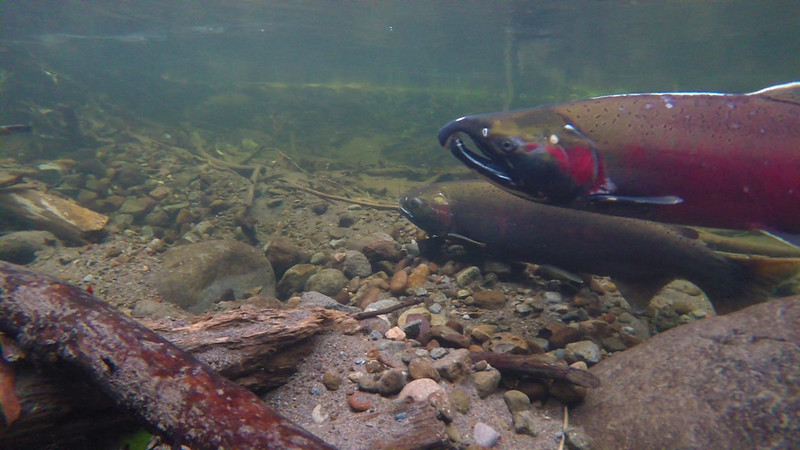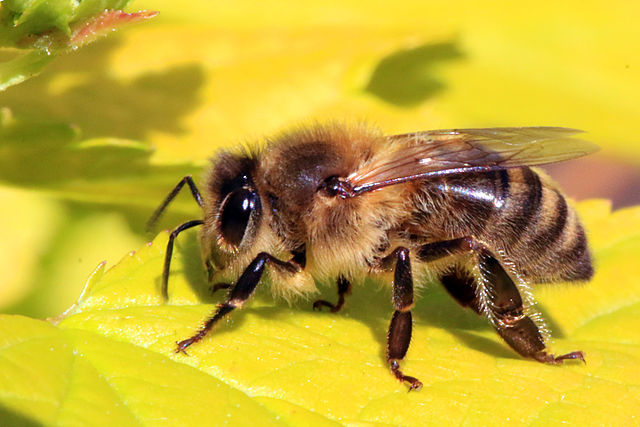“The court today resoundingly reaffirmed what we have always maintained: The EPA’s and Monsanto’s claims of dicamba’s safety were irresponsible and unlawful,” said one plaintiff.
By Brett Wilkins. Published 2-6-2024 by Common Dreams

In what one plaintiff called “a sweeping victory for family farmers and dozens of endangered plants and animals,” a federal court in Arizona on Tuesday rescinded the U.S. Environmental Protection Agency’s 2020 approval of the highly volatile herbicide dicamba for use on certain genetically engineered crops.
In a 47-page ruling, U.S. District Judge David C. Bury found that the EPA failed to comply with public notice and comment requirements under the Federal Insecticide, Fungicide, and Rodenticide Act (FIFRA), legislation passed in 1947 to protect agricultural workers, consumers, and the environment.
Continue reading









